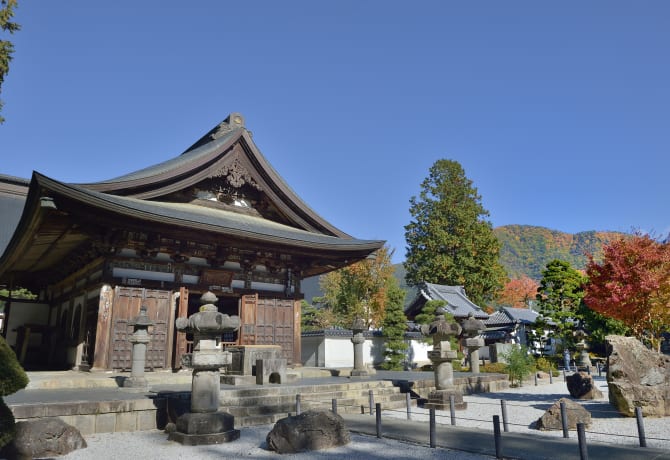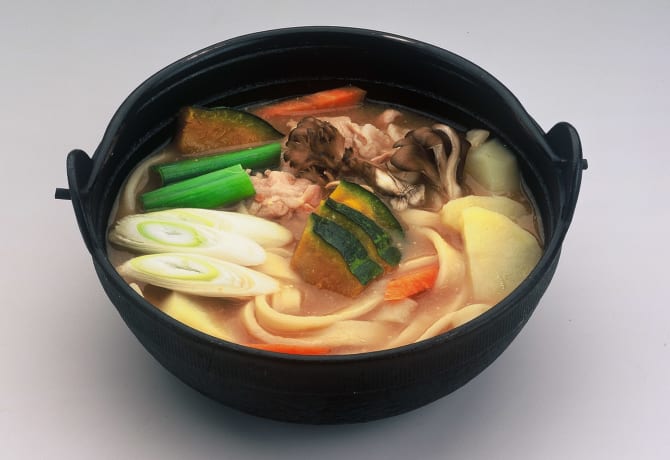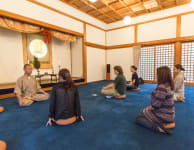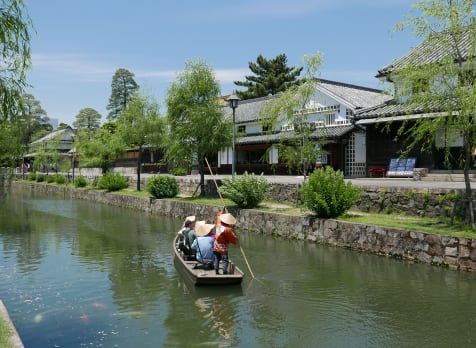
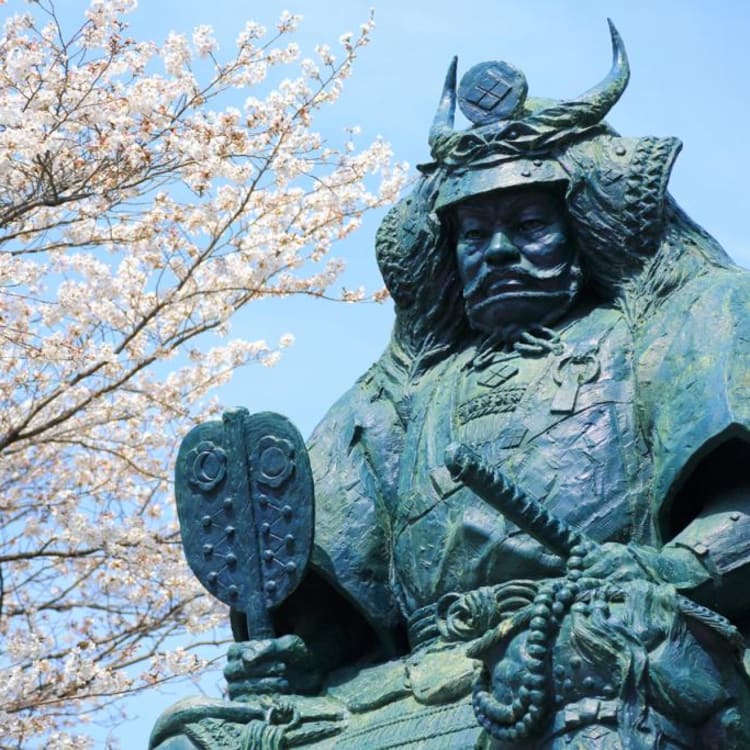
ITINERARIES An Overnight Hot Springs Tour in Yamanashi Bathe like royalty in a hot spring discovered by a former feudal lord
Enjoy hot springs first discovered by a 16th-century warlord, as well as temples and local cuisine
Highlights
- The therapeutic waters of Masutomi Onsen
- Hoto—a hearty stew and Yamanashi staple
- The exquisite landscaped gardens at Erinji Temple
Immerse yourself in the history of Erinji, a family temple of Shingen Takeda dating back to 1330. View a helmet, war fan and flag once belonging to the feudal lord. Tour the landscape gardens designed by monk Kokushi Muso and enjoy a cup of matcha while contemplating your surroundings.
10 minutes
The grounds of Hokoji Temple are full of flowers that bloom at different times of the year, such as plum blossoms, camellias, cherry blossoms, kerrias, and peonies. Another reason many come to Hokoji Temple is to pray for luck in love.
Soak in the healing waters of one of Yamanashi Prefecture’s nationally recognized therapeutic onsen spas. A quiet resort in the mountains, Masutomi Onsen was one of Lord Shingen’s unexpected hot springs discoveries and later became popular with artists and nobility. The temperature of the water is moderate and perfect for taking a long bath.
For dinner, feast on the Yamanashi specialty called hoto, a warming hotpot dish in which flat, wheat-flour noodles are boiled with miso and locally grown seasonal vegetables. Usual ingredients include pumpkin, taro, burdock root and wild boar.
Join throngs of hikers in June to admire the Japanese azaleas and irises that cover the mountain. Mt. Amari is relatively easy to climb and on clear days you can get a great view of Mt. Fuji.
30 minutes
Hakusan Onsen is closely associated with the Takeda family and the powerful 16th century warlord Shingen Takeda. The geothermal waters from this natural hot spring are renowned for their healing properties and are especially appreciated after climbing the 1,731-meter Mt. Amari.
These onsen are located in Koshu, a region famous in Japan for its fruit and wineries. Extend your trip to indulge in a wine tour in the broader Kofu basin, or visit a farm where you can pick and eat your own fruit.




















































